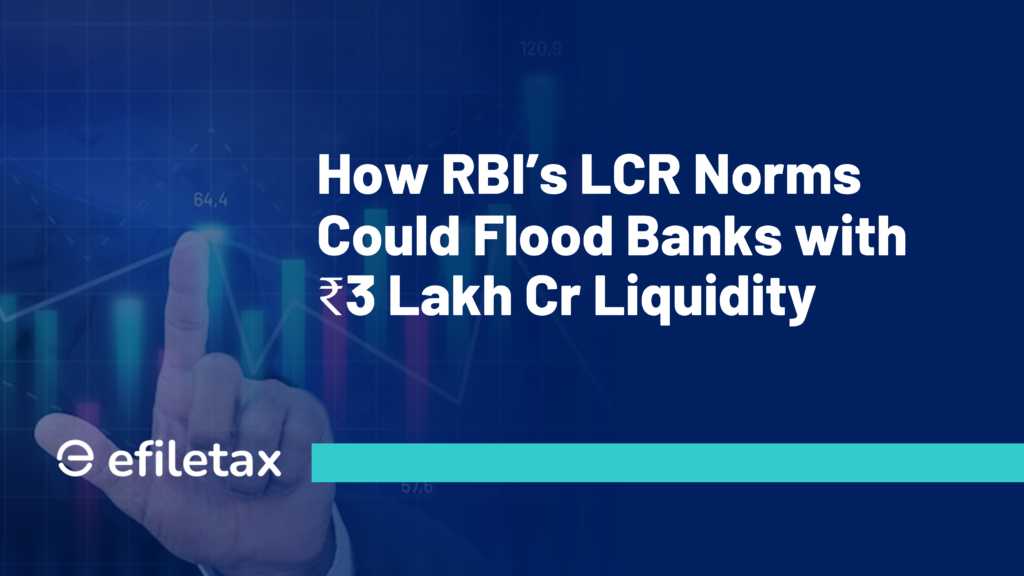
Intro Paragraph:
The Reserve Bank of India’s revised liquidity coverage ratio (LCR) norms are set to unlock ₹2.7–3 lakh crore in bank funds. This move could boost credit availability and support India’s ongoing economic momentum, especially for MSMEs and retail borrowers.
What is Liquidity Coverage Ratio (LCR)?
The LCR is a global banking standard set under Basel III norms. It mandates banks to maintain enough high-quality liquid assets (HQLAs) to survive a 30-day financial stress scenario.
RBI’s Relaxation: What Changed?
In April 2025, RBI finalised new LCR rules after consultations with stakeholders:
- Reduced mandatory HQLA requirement for certain bank categories
- Greater recognition of retail deposits as stable funding
- Revised run-off rates for certain liabilities
As per RBI, these changes aim to balance prudential safeguards with real economy needs.
Why This Matters: Impact on Indian Economy
RBI’s LCR relaxation can lead to:
- Increased liquidity: Banks get more leeway to lend
- Lower cost of borrowing for businesses and individuals
- Credit push for MSMEs and housing sector
- Boost to GDP growth via investment cycles
Legal & Regulatory References
- Basel III Framework adopted by RBI vide DBR.BP.BC.No.106/21.04.098/2017-18
- 2025 update based on stakeholder feedback and evolving financial conditions
- RBI Notification (April 2025): Awaited official release; interim details from Economic Times coverage
Who Benefits from the New LCR Norms?
| Stakeholder | Potential Benefit |
|---|---|
| Banks | More deployable funds for lending |
| MSMEs | Easier access to working capital loans |
| Home Buyers | Possible interest rate cuts |
| Economy | Better credit-to-GDP ratio |
What You Should Track
If you’re a business owner or investor, watch how your bank adjusts lending policies post this announcement. More liquidity often translates into better loan terms or eased credit underwriting.